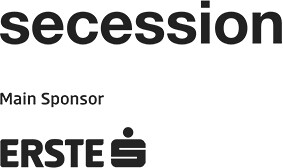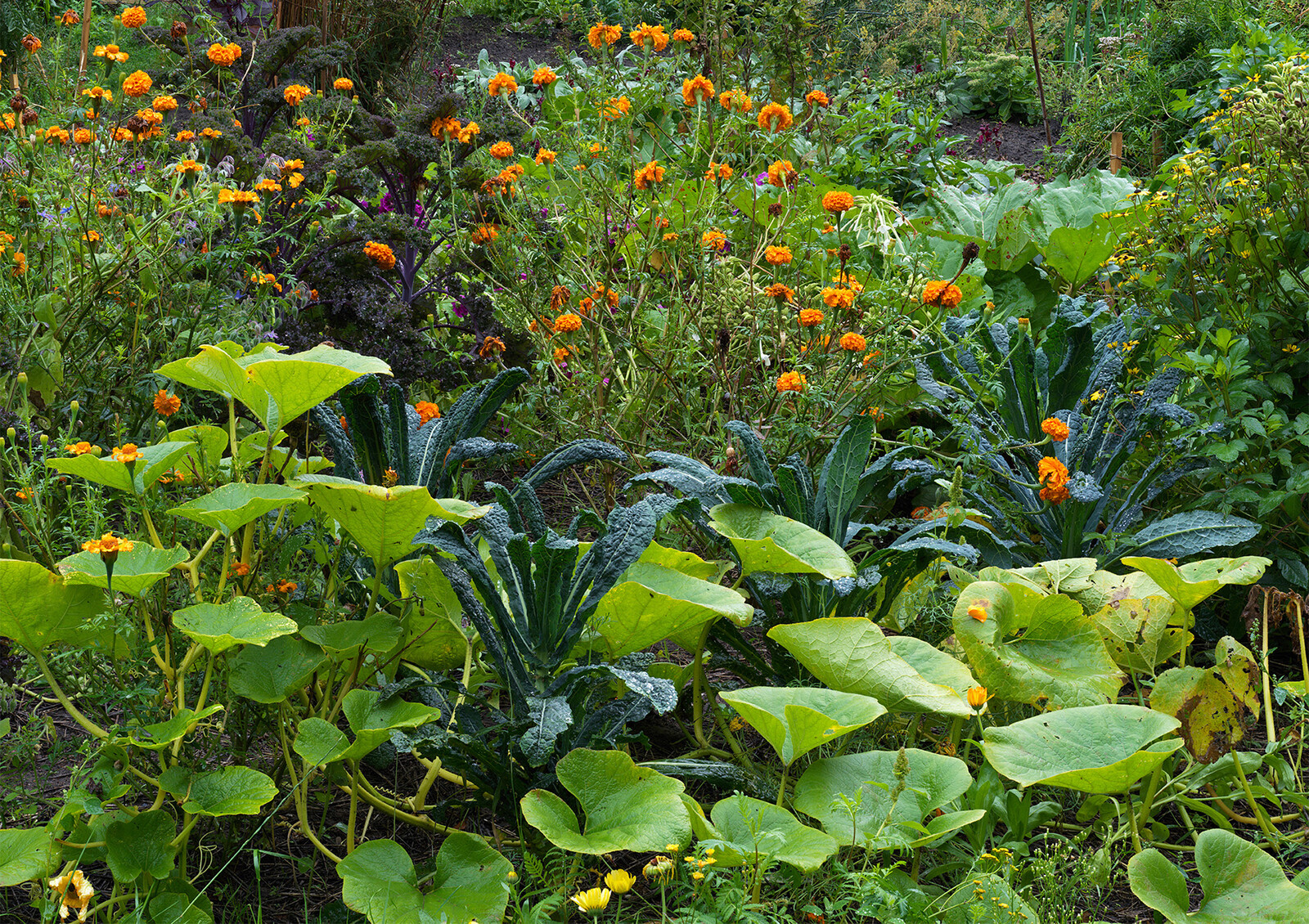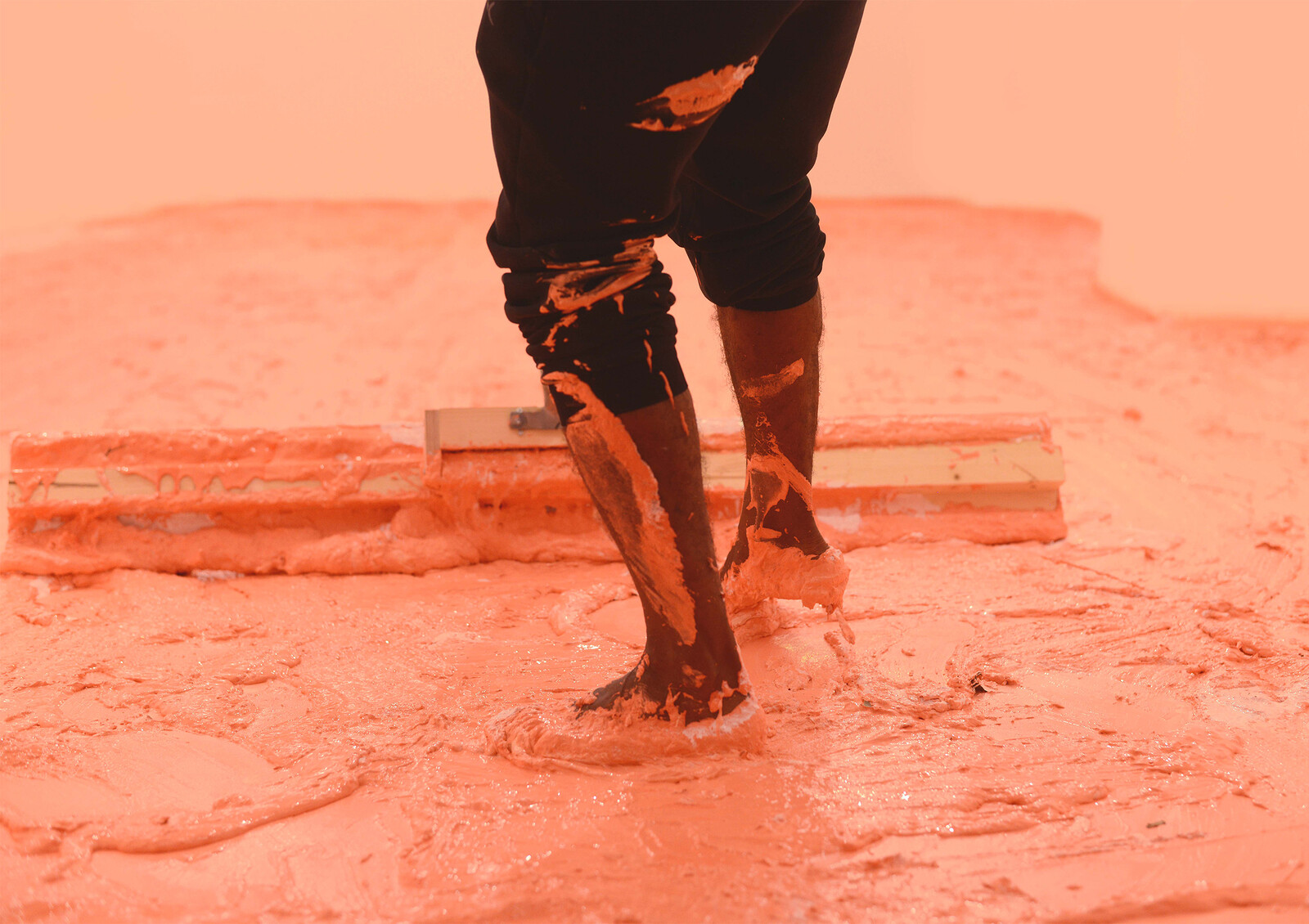Carlos Bunga: Mind awake, body asleep
Rana Hamadeh: Standard_Deviation
September 17–November 7, 2021
Friedrichstraße 12
1010 Vienna
Austria
Hours: Tuesday–Sunday 10am–6pm
T +43 1 587530710
F +43 1 587530734
presse@secession.at
Danh Vo
“When you examine the present you must understand your past: the past that has identified your own present. I also believe you must look into the future. That’s definitely a philosophy of life that I live with and hopefully that shows in the work that I do.”
Danh Vo
Danh Vo’s conceptual works and installations often build on personal experiences to address larger historical, social, and political concerns. Born in Vietnam and raised in Denmark, the artist is fascinated by the ways in which objects and histories become intertwined, serving as projections of national anxieties and personal identities. While the erotic and violent power plays of colonialism are a recurrent theme, so too are the sacred and profane dances of religion, and the manner in which administrative systems seek to shape (even curtail) personal intimacy and expression.
Vo’s installations present a plethora of artistic strategies, including documents, photographs, found objects (of historic or emotional significance), textual fragments in the form of ornate calligraphies executed by his father, and sometimes works by other artists. As an artist, Vo encompasses multiple roles—curator, collector, historian, auction scout—allowing him to deftly play with objects and contexts. Grappling with artefacts that are fraught with symbolic or emotional meaning, the artist resets their signification from project to project.
Vo will often pluck objects purchased from the estates of significant figures (or otherwise sourced) and present them unaltered within his oeuvre. Other times he dismantles and reassembles them with incongruous additions making for striking hybrids. Since 2015, he has created new works by combining fragments of sculptures taken from antiquity with contemporary objects or Medieval Madonnas. Often the original works are defaced or forever altered—an act of cultural vandalism that mirrors colonial expansion, but that also creates a provocative splicing of cultural empires across time and space.
Fragmentation and creative alteration are also key stratagems in what is probably Vo’s best-known work: We the People (2011–2016). A full-size copy of Frédéric-Auguste Bartholdi’s Statue of Liberty manufactured in China, it consists of ca. 300 separate copper segments. Correctly assembled, they would form an accurate replica of the New York landmark; the artist’s project instead calls for the pieces to be dispersed across the globe.
Enigmatic and poetic, Vo’s work sidesteps didacticism while also arriving with a strong political ethic. Probing questions of identity and belonging, legal status, property, and the role of personal relationships, he shines a light on the power structures behind the façades of liberal societies and the fragility of our ideas about life in the nation state.
Danh Vo was born in Bà Rịa, Vietnam, in 1975 and lives and works in Berlin and Mexico City. Since 2017, with its farm buildings and large gardens Güldenhof in Stechlin / Brandenburg serves the artist and others as studio and living environment.
Carlos Bunga
Mind awake, body asleep
Everything is caught up in a process of perpetual change; safety and stability are mere fictions or the products of social convention. As Carlos Bunga sees it, life and art play out in the unpredictable in-between. Such instability, the brittleness of reality, is especially manifest in architecture, the artist argues; although it ostensibly offers shelter, it at once also defines people’s social status. How architecture and the interplay between body and built environment influence our lives, what they tell us about our origins and possibilities: these are central concerns in Bunga’s work, as are themes like nomadism and both voluntary and forced migration. The artist studied painting at the Escola Superior de Arte e Design, Caldas da Rainha, Portugal, before gradually branching out into other media and launching his international career in the mid-2000s with site-specific installations. In sometimes monumental and spectacular cardboard constructions, he responds to the architecture of the exhibition venue by replicating characteristic elements such as columns and pillars, flooring grids, or other distinctive formal features, creating a kind of echo that overlays the existing architecture and opens up new perspectives.
In his exhibition Mind awake, body asleep at the Secession, Bunga examines the mysteries of the relationship between body and mind, which become especially manifest when we sleep. The two sides’ recurrent separation and the separate nocturnal existences they lead are a source of fascination for the artist, who makes his works in a process informed by rational decisions as well as intuitive choices. In rooms that he has conceived as passages between different states of mind, he probes the tension between consciousness and the subconscious, the vulnerability of the body rendered helpless by sleep, and the function of architecture, furniture, and clothes as protective shells.
Carlos Bunga was born in Porto in 1976 and lives and works in Barcelona.
Rana Hamadeh
Standard_Deviation
Rana Hamadeh’s works are characterized by engulfing delirious sonic and visual environments. In thematic terms, her work is dedicated to an ongoing scrutiny of the epistemologies and technologies of justice. To this end, it examines tropes of violence that find their genealogies in the linguistic, legal, and theatrical infrastructures shaping our understandings of justice.
For her exhibition at the Secession, Hamadeh is developing a new stage of her long-term growing series, The Destiny Project. Launched in 2020, The Destiny Project explores the production, consumption, circulation, and articulation of desire in contemporary global public discourse.
Her evolving animation film Standard_Deviation, which was developed in close cooperation with the artist Sara Hamadeh, ventures into Sophocles’ famed tragedy Oedipus Rex. Rather than re-narrating the misfortunes of Oedipus, king of Thebes, whose grievous journey of self-discovery unfolds at the height of the Theban plague, the work conducts a reading of the dramatic constructs of Sophocles’ play itself—that is, of its figuration of tragedy as a “technology of endurance.” The film sheds new light on the tragedy’s course by placing the age-old characters against a backdrop of various visual and sonic references, non-linear narrative structures, and eerie spaces. The digitally generated film sequences suggest a computer game, visualizing scenarios that are as dreamlike as they are sinister, the action propelled by cogwheels and prostheses. The illusive and chimerical imagery is accompanied by a six-channel cacophonic sound composition specifically spatialized for the exhibition.
Rana Hamadeh was born in Beirut in 1983 and lives and works in Rotterdam.
Sara Hamadeh was born in Beirut in 1991 and lives and works in Rotterdam.
The Destiny Project / Standard_Deviation was commissioned by SCHUNCK (Gemeente Heerlen) and made possible by SCHUNCK (Gemeente Heerlen), steirischer herbst ‘20 and Vienna Secession, with the generous contributions of the Mondriaan Fonds and Gemeente Rotterdam.
The exhibition program is conceived by the board of the Secession.




